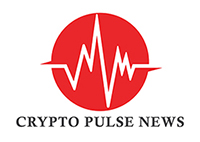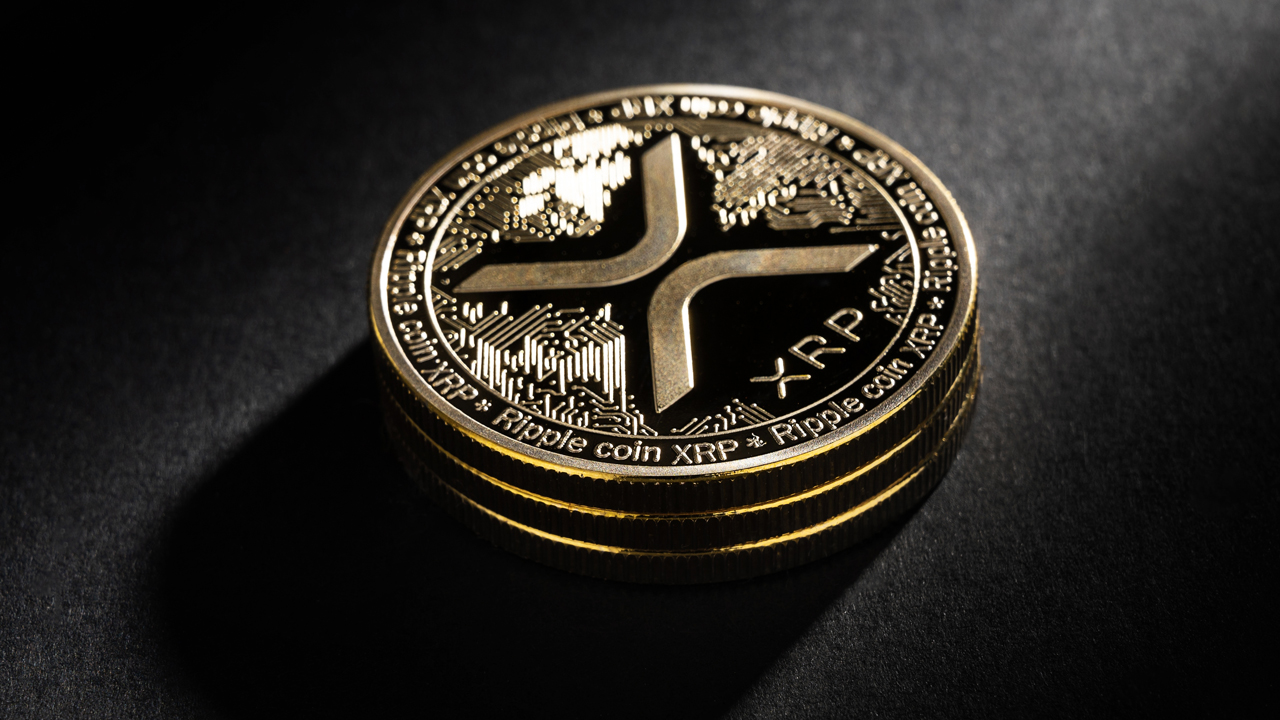XRP, the native token of the XRP Ledger, remains at the forefront of cross-border payment solutions in 2025. With Ripple’s growing network of financial institutions and a clearer regulatory framework, XRP is gaining momentum as a leading digital asset for fast, low-cost international transfers.
Recent Developments:
Ripple’s Legal Victory: After a prolonged legal battle with the U.S. Securities and Exchange Commission (SEC), XRP has been officially recognized as a digital asset, clearing the way for broader adoption.
Expanding RippleNet: Ripple’s global payment network has added numerous banking partners, significantly increasing the volume of transactions using XRP for real-time settlements.
CBDC Collaborations: Ripple is working with several central banks to develop central bank digital currencies (CBDCs) using the XRP Ledger technology.
Why XRP Is Unique:
Fast and Low-Cost Transactions: XRP transactions settle in 3-5 seconds with minimal fees, making it ideal for cross-border remittances.
Energy Efficient: The XRP Ledger is far more energy-efficient compared to Proof of Work blockchains, aligning with global sustainability goals.
Strong Institutional Support: Major financial institutions continue to adopt Ripple’s technology for real-time gross settlement systems and remittances.
What’s Next for XRP?
With regulatory clarity and increasing adoption in the banking sector, XRP is expected to play a crucial role in the global financial ecosystem. Ripple’s ongoing expansion into CBDCs and real-time payment solutions positions XRP for long-term growth and relevance.

